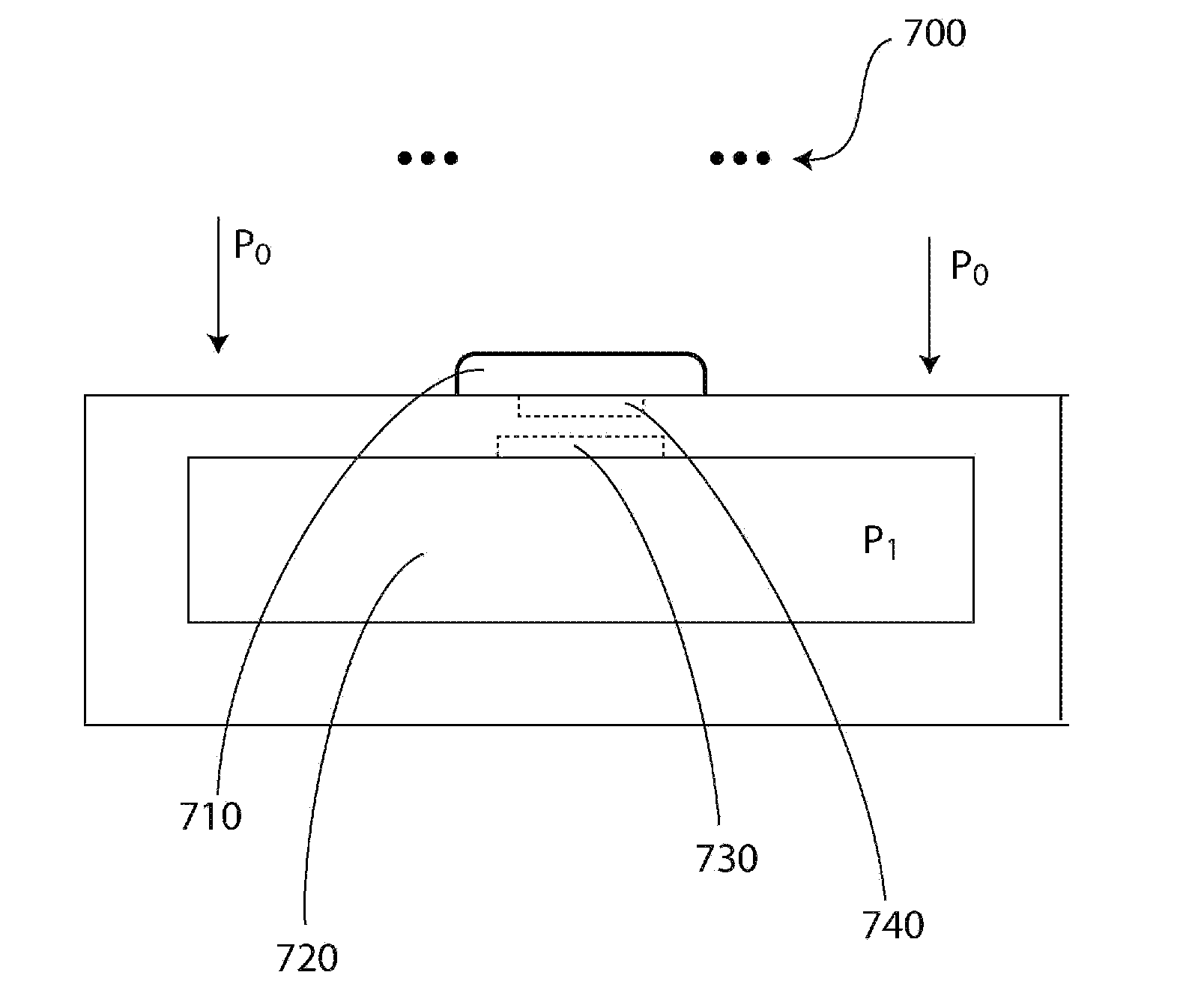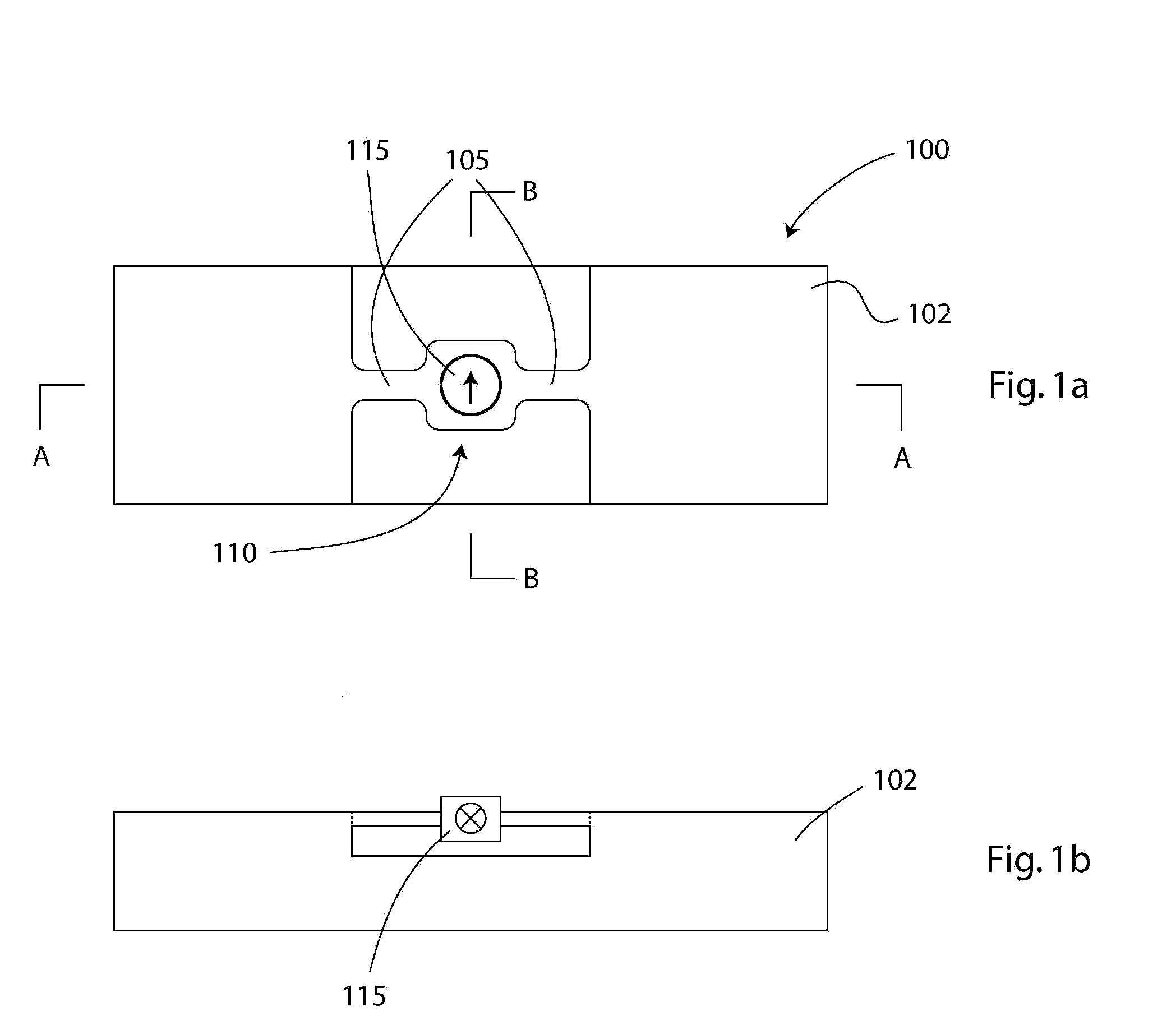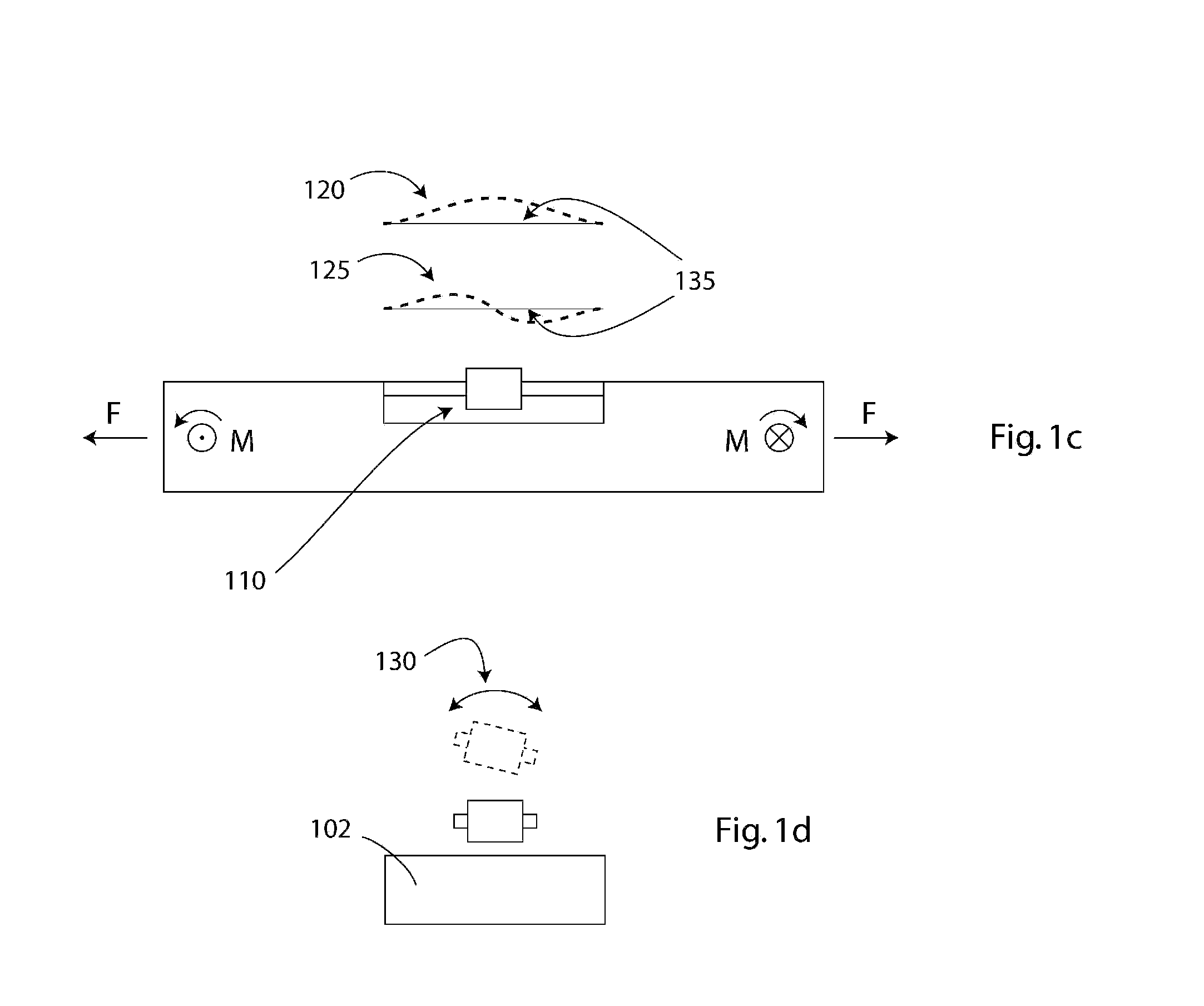Telemetry method and apparatus using magnetically-driven MEMS resonant structure
a technology of magnetic resonance and telemetry, applied in the field of telemetry methods and apparatus using magnetic resonance resonant structure, can solve the problems of clinical diagnosis, based on infrequent testing, optic nerve damage and blindness, and unique problems of measuring physiological parameters within a living body, and achieve the effects of improving reliability and ease-of-use of sensors, high quality factor (q), and high sensitivity
- Summary
- Abstract
- Description
- Claims
- Application Information
AI Technical Summary
Benefits of technology
Problems solved by technology
Method used
Image
Examples
Embodiment Construction
[0082] Generally, the present invention provides a method and apparatus including a magnetically-driven resonant structure suitable for measuring some change in a physical observation—e.g., sensing change in pressure, flow, etc. However, for purposes of illustration, the present invention is discussed in terms of a method and apparatus suitable for measuring intraocular pressure in patients having glaucoma or patients at risk of contracting the disease and having intraocular lenses (IOL's). As discussed earlier, previous devices fail to meet dimensional requirements, or they suffer from sensitivity limitations needed for wireless physiologic parameter measurement within a living body.
[0083] Before explaining the present invention in detail, it should be noted that the invention is not limited in its application or use to the details of construction and arrangement of parts illustrated in the accompanying drawings and description. The illustrative embodiments of the invention may be...
PUM
 Login to View More
Login to View More Abstract
Description
Claims
Application Information
 Login to View More
Login to View More - R&D
- Intellectual Property
- Life Sciences
- Materials
- Tech Scout
- Unparalleled Data Quality
- Higher Quality Content
- 60% Fewer Hallucinations
Browse by: Latest US Patents, China's latest patents, Technical Efficacy Thesaurus, Application Domain, Technology Topic, Popular Technical Reports.
© 2025 PatSnap. All rights reserved.Legal|Privacy policy|Modern Slavery Act Transparency Statement|Sitemap|About US| Contact US: help@patsnap.com



